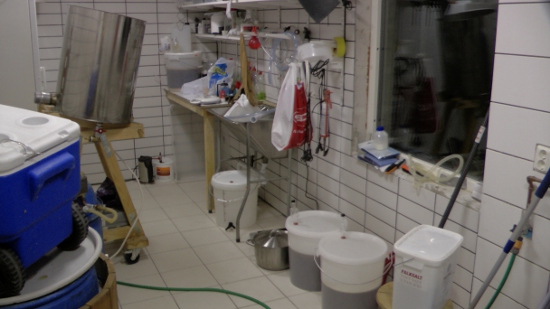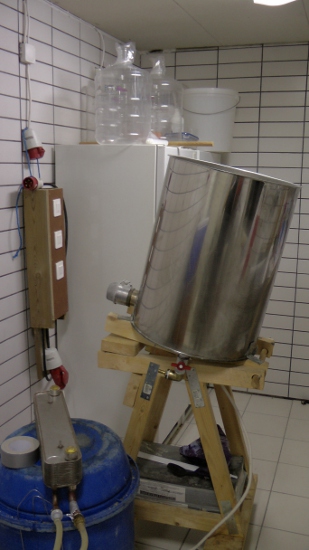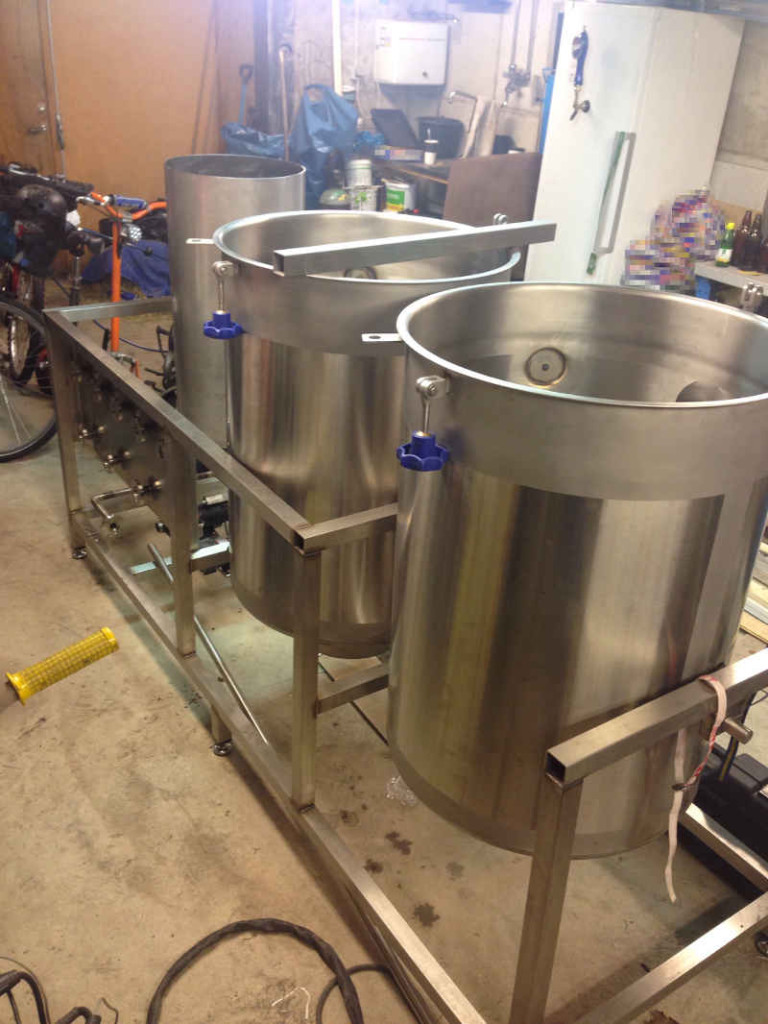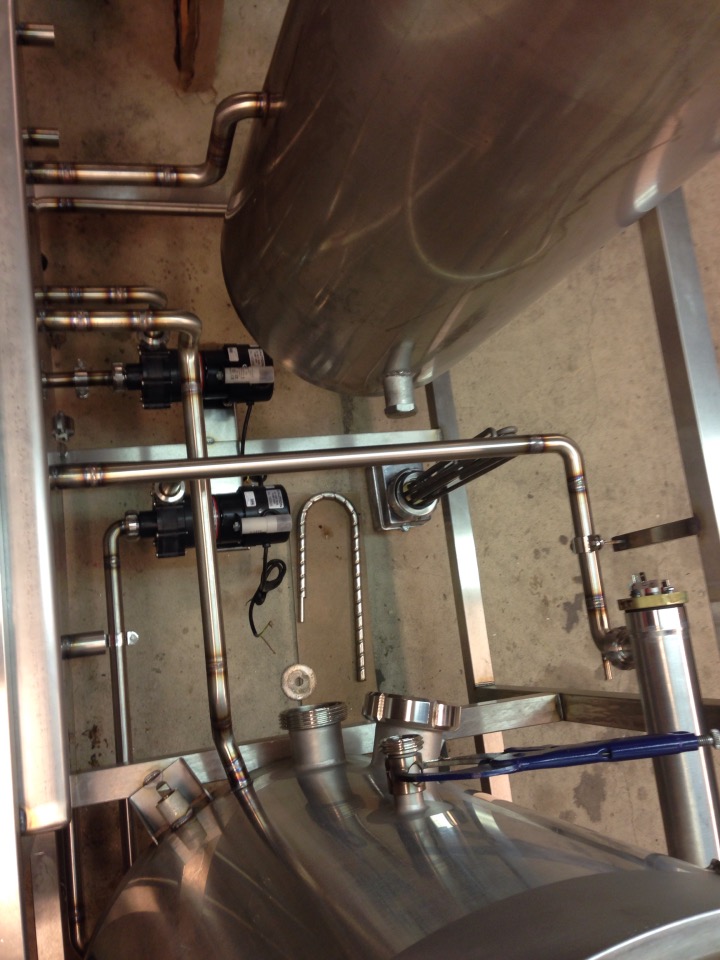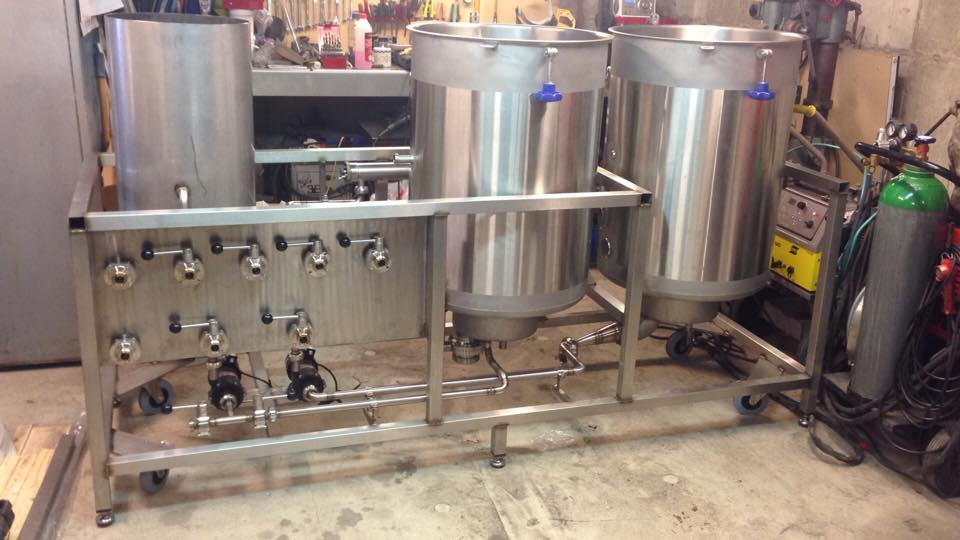Hop leafs and grain husks tend to find its way to places in the pump house where you don't want them to be or get stuck.
That was something that I noticed after inspecting my pumps and cleaning the pump houses a few months back.
Even after cleaning with CIP:s like PBW that I let re-circulate for well over an hour, I could find traces of husks in the pump houses.
So I decided to build a pump filter that would take care of these particles.
It is not a pretty thing, but I built it with stuff that I had laying around in the garage and of course a glass can that previously held pickled beetroot.
What is not seen in the picture is a fine mesh that is inside the bigger stainless perforated cylinder. Thus bigger parts are separated outside the cylinder and smaller parts by the fine mesh.
The hose from the MLT goes to the rightmost connector on the lid and the hose to the pump goes from the connector to the left on the T connector.
The valve is there to initially let wort flow from the MLT to the can, and when desired level is reached it is closed and the pump is started.



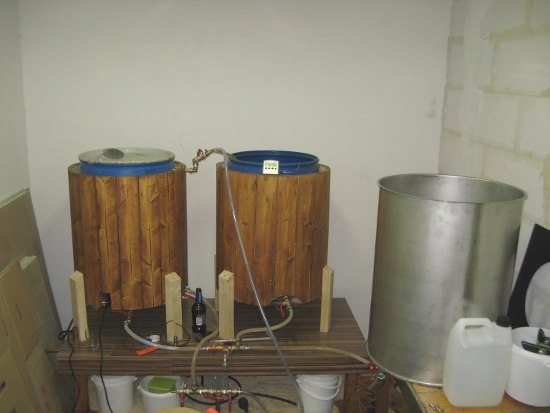
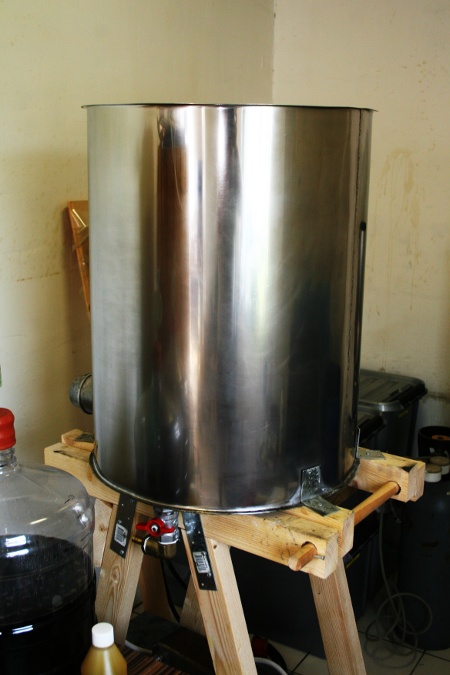

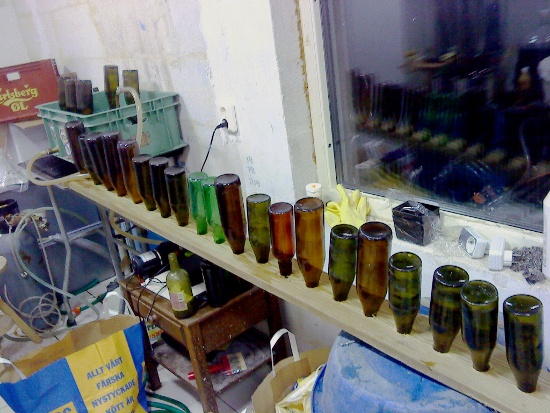










































![Craft A Brew - Safale BE-256 Yeast - Fermentis - Belgian Ale Dry Yeast - For Belgian & Strong Ales - Ingredients for Home Brewing - Beer Making Supplies - [3 Pack]](https://m.media-amazon.com/images/I/51bcKEwQmWL._SL500_.jpg)

















